
Tahiti: The Jewel of the Pacific
Explore Tahiti: From its vibrant capital Papeete to its serene waterfalls and rich cultural heritage, discover the magic of French Polynesia's largest island.
Welcome to Tahiti, the largest island in French Polynesia. This paradise is known for its black sand beaches, lagoons, and waterfalls. The island is a mix of bustling urban life and natural beauty, offering something for every traveler. Papeete, the capital city, is the heart of Tahiti. Here, you will find local markets filled with vibrant fruits, handmade crafts, and the famous Tahitian pearls. The city also has a lively nightlife, with bars and restaurants serving delicious Polynesian cuisine. For those who love nature, Tahiti offers lush rainforests and stunning waterfalls. The island's interior is perfect for hiking and exploring. Don't miss the Fautaua Waterfall, one of the highest in the world. The coastal areas are ideal for snorkeling and diving, with crystal-clear waters teeming with marine life. Tahiti is not just about natural beauty; it is also rich in culture. Visit the Museum of Tahiti and Her Islands to learn about the history and traditions of the Polynesian people. The island also hosts numerous festivals throughout the year, celebrating everything from music to dance to canoe racing.
Local tips in Tahiti
- Bring reef-safe sunscreen to protect the delicate marine life.
- Visit the local markets early in the morning for the freshest produce and best selection of crafts.
- Rent a car to explore the island at your own pace.
- Learn a few basic French phrases; it will be appreciated by the locals.
- Try the traditional dish called 'poisson cru,' a Polynesian take on ceviche.
- Consider visiting during the Heiva festival in July for an unforgettable experience.
Neighbourhoods in Tahiti
Tahiti: The Jewel of the Pacific
Welcome to Tahiti, the largest island in French Polynesia. This paradise is known for its black sand beaches, lagoons, and waterfalls. The island is a mix of bustling urban life and natural beauty, offering something for every traveler. Papeete, the capital city, is the heart of Tahiti. Here, you will find local markets filled with vibrant fruits, handmade crafts, and the famous Tahitian pearls. The city also has a lively nightlife, with bars and restaurants serving delicious Polynesian cuisine. For those who love nature, Tahiti offers lush rainforests and stunning waterfalls. The island's interior is perfect for hiking and exploring. Don't miss the Fautaua Waterfall, one of the highest in the world. The coastal areas are ideal for snorkeling and diving, with crystal-clear waters teeming with marine life. Tahiti is not just about natural beauty; it is also rich in culture. Visit the Museum of Tahiti and Her Islands to learn about the history and traditions of the Polynesian people. The island also hosts numerous festivals throughout the year, celebrating everything from music to dance to canoe racing.
When is the best time to go to Tahiti?
Iconic landmarks you can’t miss
Papeete Market
Explore the vibrant Papeete Market in Tahiti, where local culture, fresh produce, and unique crafts come together in a colorful shopping experience.
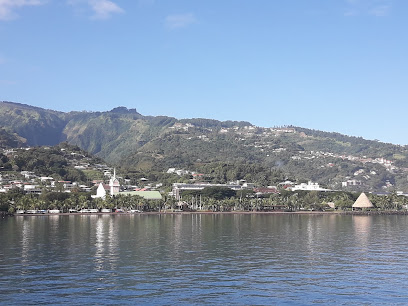
Tiki Village
Immerse yourself in the vibrant culture of Polynesia at Tiki Village in Moorea, where traditional artistry and captivating performances await.

Water Gardens Vaipahi
Experience the enchanting beauty of Water Gardens Vaipahi, a serene botanical garden in French Polynesia, perfect for nature lovers and tranquil escapes.
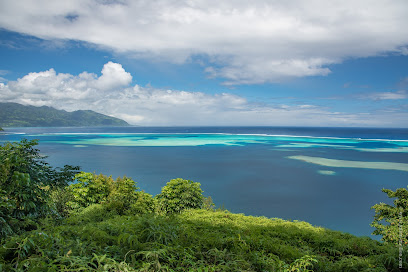
Arahoho Blowhole
Discover the breathtaking beauty of Arahoho Blowhole, a natural spectacle where ocean waves create stunning displays of water and scenery.
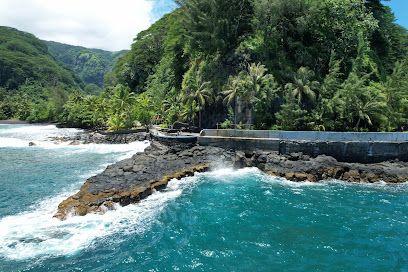
Fa'aruma'i Waterfalls
Experience the breathtaking beauty of Fa'aruma'i Waterfalls in Hitiaa O Te Ra, a stunning natural wonder surrounded by lush landscapes and vibrant flora.

Place Vai'ete
Experience the vibrant culture and stunning views at Place Vai'ete, a must-visit park in Papeete, French Polynesia, perfect for relaxation and exploration.
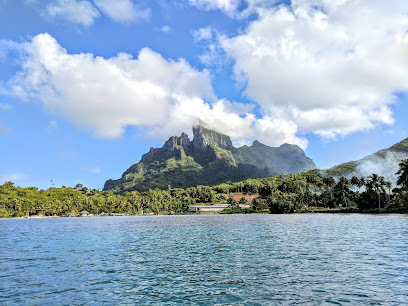
Pā'ōfa'i Gardens
Explore the lush beauty of Pā'ifa'i Gardens in Papeete, a serene park adorned with tropical plants, statues, and family-friendly spaces.

Museum of Tahiti and The Islands
Explore the vibrant history and culture of Tahiti at the Museum of Tahiti and The Islands, a must-visit destination for cultural enthusiasts.
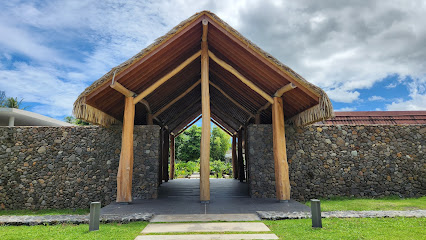
Grottes De Mara'a
Discover the captivating Grottes De Mara'a, a stunning natural wonder and historical landmark in the heart of French Polynesia, perfect for adventure seekers and nature lovers.

'Ārahurahu Marae
Experience the spiritual heart of French Polynesia at Ārahurahu Marae, a stunning testament to Polynesian culture and history.

Musée de la Perle Robert Wan
Explore the enchanting world of pearls at the Musée de la Perle Robert Wan, where art, culture, and nature unite in French Polynesia.
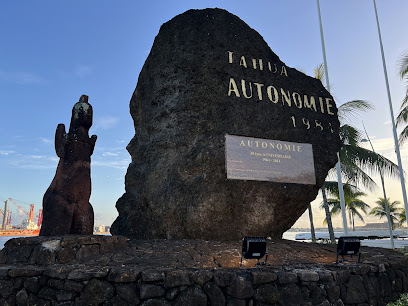
Papeete Catholic Cathedral
Discover the serene beauty and rich history of Papeete Catholic Cathedral, a captivating spiritual landmark in the heart of French Polynesia.

Unique Tahiti
Explore the breathtaking beauty of Tahiti with Unique Tahiti, your premier sightseeing tour agency for unforgettable adventures and experiences.

Tahiti Lagoon Paradise
Discover the serene beauty of Tahiti Lagoon Paradise, a breathtaking destination in French Polynesia for unforgettable aquatic adventures and relaxation.
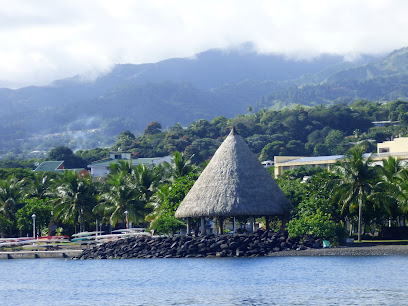
Belvédère du Tahara'a
Discover the breathtaking vistas of French Polynesia from the stunning Belvédère du Tahara'a observation deck, a must-visit for nature lovers and photographers.
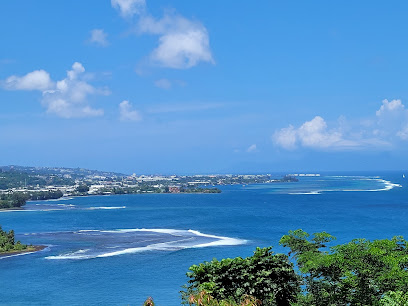
Unmissable attractions to see
Water Gardens Vaipahi
Explore the serene beauty of Water Gardens Vaipahi, a botanical paradise in Teva I Uta, French Polynesia, filled with vibrant flora and tranquil water features.
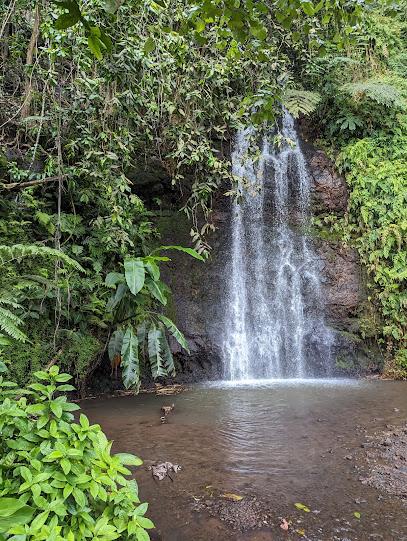
Arahoho Blowhole
Experience the breathtaking spectacle of the Arahoho Blowhole, a stunning natural wonder in Hitiaa O Te Ra, French Polynesia, where ocean waves create spectacular water spouts.
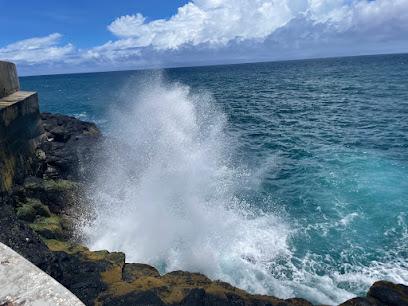
Fa'aruma'i Waterfalls
Experience the stunning beauty of Fa'aruma'i Waterfalls in Hitia'ba O Te Ra, a must-see natural wonder in French Polynesia.
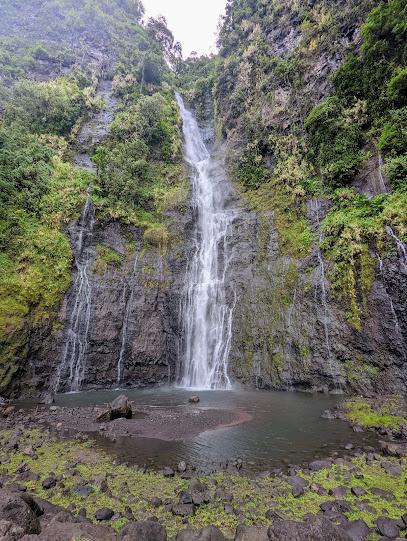
Public Beach Ta'ahiamanu
Discover the serene beauty of Public Beach Ta'ahiamanu in Moorea-Maiao, a tropical paradise perfect for relaxation and adventure.
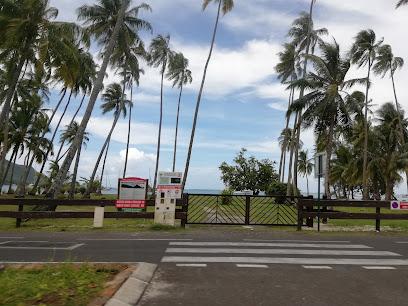
Manutea Tahiti - Rotui Juice Factory & Distillery
Experience the tropical essence of Moorea at Manutea Tahiti, where local fruits and artisanal distilling create unforgettable flavors.
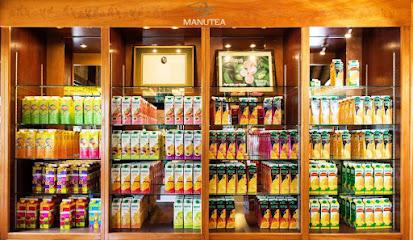
Museum of Tahiti and The Islands
Explore the vibrant culture and history of French Polynesia at the Museum of Tahiti and The Islands in Puna'auia.

Pā'ōfa'i Gardens
Experience the tranquility and lush beauty of Pā'āfa'i Gardens in Papeete, a tropical paradise perfect for relaxation and cultural exploration.
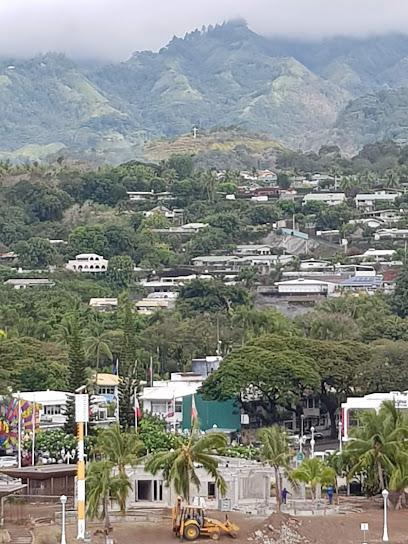
Top Jet & Top Quad Moorea (jet ski, QUAD/ATV, baleines/whales, tour bateau, private boat tours)
Experience the thrill of jet skiing and quad biking in the stunning landscapes of Moorea, French Polynesia, with Top Jet & Top Quad Moorea.

Grottes De Mara'a
Explore the breathtaking Grottes De Mara'a, a historical landmark in Pā'ea, French Polynesia, where nature and culture intertwine in stunning caves.
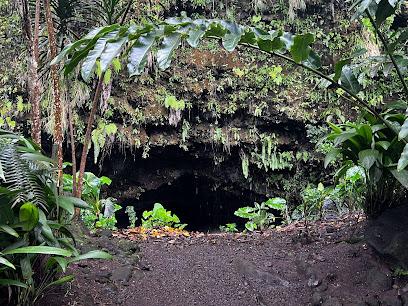
Tropical Garden
Experience the enchanting beauty and refreshing flavors of Moorea, a tropical paradise in French Polynesia, perfect for relaxation and adventure.
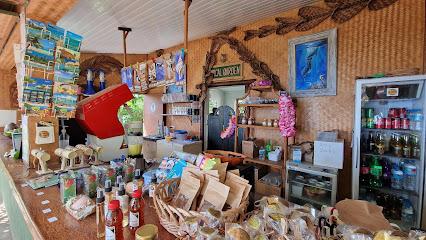
Magic Mountain Overlook
Experience breathtaking panoramic views at Magic Mountain Overlook, a serene scenic spot in the heart of Papeete, French Polynesia.
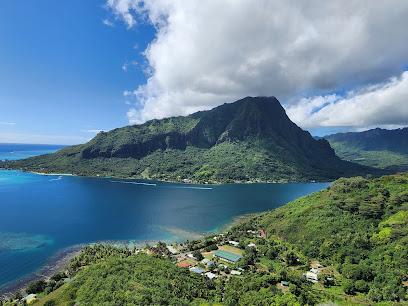
Toatea Lookout
Discover the stunning panoramas of Moorea-Maiao from Toatea Lookout, an unforgettable observation deck experience in French Polynesia.
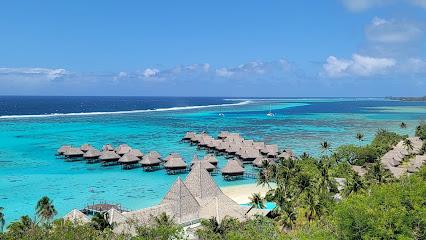
Public Beach
Experience the breathtaking beauty of French Polynesia's Public Beach, a serene escape with pristine sands and crystal-clear waters.
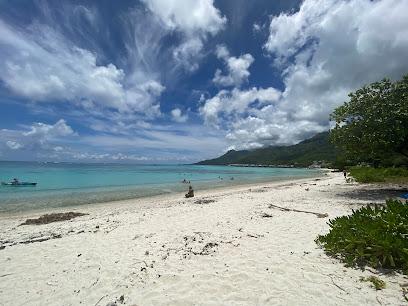
Moorea watersport
Experience exhilarating water sports and breathtaking views in the paradise of Moorea, French Polynesia.
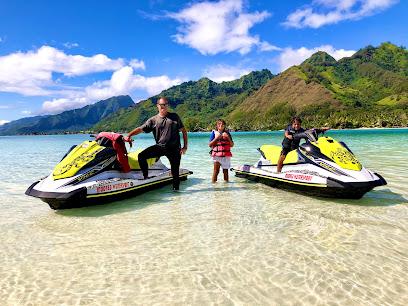
Voila Moorea
Discover Moorea's stunning lagoons and vibrant marine life with Voila Moorea, the premier boat tour agency in French Polynesia.

Essential places to dine
Le Retro
Discover the vibrant flavors of French Polynesia at Le Retro, where local ingredients meet French culinary tradition in Papeete.
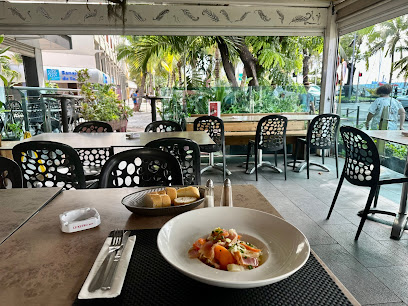
Tahiti La Plage
Experience exquisite dining at Tahiti La Plage - where local flavors meet stunning ocean views in Puna'auia.
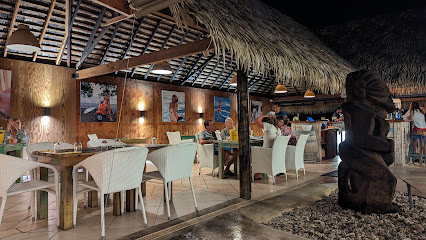
Le Lotus
Experience exquisite French cuisine at Le Lotus in Tahiti, where stunning views meet culinary excellence for an unforgettable dining adventure.

Restaurant Le Moana
Experience authentic Polynesian cuisine at Restaurant Le Moana in Papeete - where tradition meets taste amidst breathtaking ocean views.
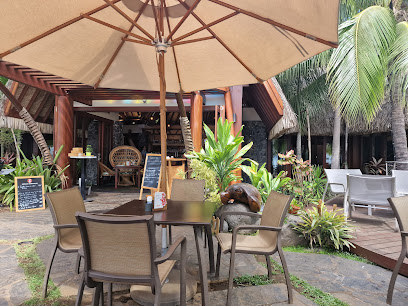
L'O A La Bouche
Experience authentic Tahitian cuisine at L'O A La Bouche - where local flavors meet French culinary artistry in the heart of Papeete.
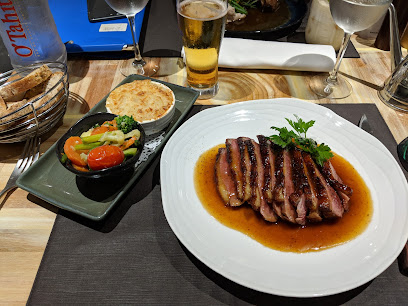
Le Soufflé
Experience authentic French cuisine at Le Soufflé in Papeete, where exquisite dishes meet breathtaking views.
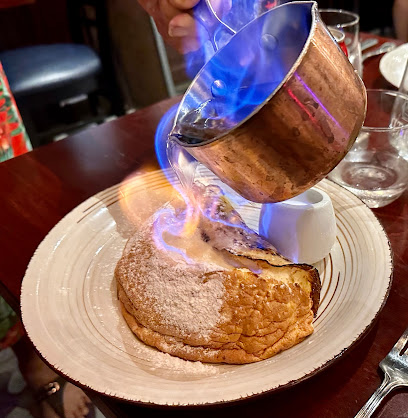
Le RAINA
Experience exceptional Polynesian cuisine at Le RAINA in Papeete - where every dish tells a story of flavor and tradition.

L'Instant Présent
Experience exquisite dining in Puna'auia with stunning views and authentic Polynesian flavors at L'Instant Présent.
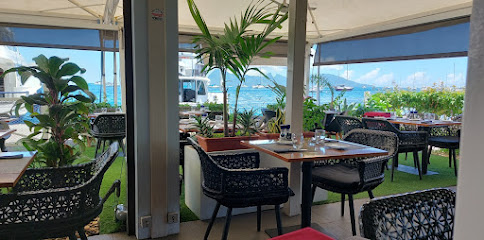
Le Sully
Experience exquisite French Polynesian cuisine at Le Sully in Papeete - where every meal tells a story.
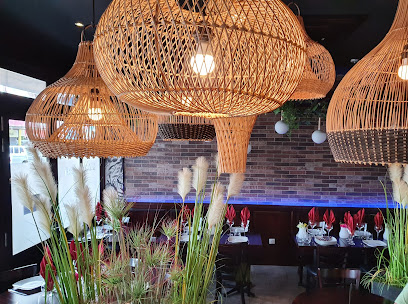
Café Maeva du marché de Papeete
Discover the authentic flavors of French Polynesia at Café Maeva du marché de Papeete – where culinary tradition meets vibrant culture.
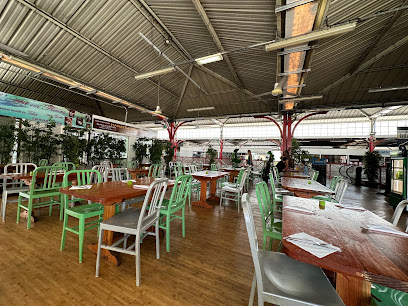
Meherio Tahitian Bistro
Savor authentic Tahitian cuisine at Meherio Tahitian Bistro in Papeete – where every dish tells a story!
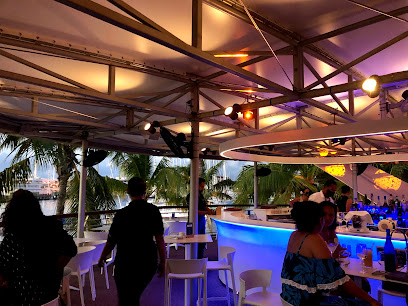
Lou Pescadou
Experience authentic Italian cuisine with a tropical twist at Lou Pescadou in the heart of Papeete, French Polynesia.
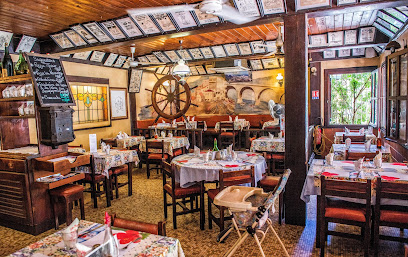
Brasserie des Remparts Tahiti
Experience culinary delight at Brasserie des Remparts Tahiti - where local flavors meet international flair in a vibrant setting.
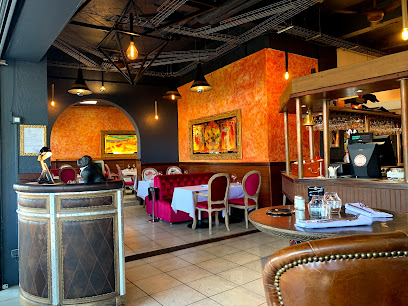
Restaurant Ocean Faa'a
Experience exquisite French Polynesian cuisine at Restaurant Ocean Faa'a with stunning ocean views and an inviting atmosphere.
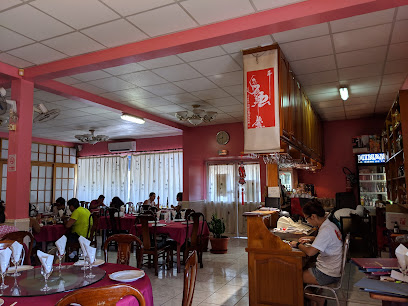
white restaurant tahiti
Experience exquisite French Polynesian cuisine at White Restaurant Tahiti, where every meal is a celebration of flavor and ambiance.
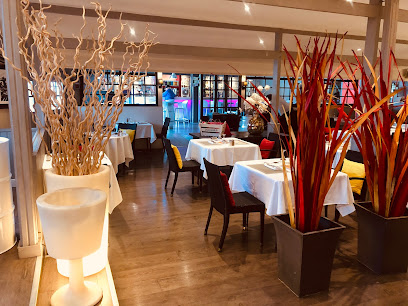
Markets, malls and hidden boutiques
Vaima Shopping Center
Explore the vibrant Vaima Shopping Center in Papeete, where shopping, dining, and culture come together in a tropical paradise.
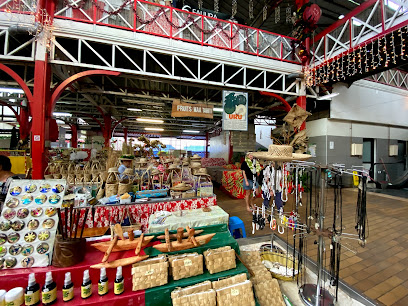
Tahiti Pearl Market
Explore the enchanting Tahiti Pearl Market in Papeete for exquisite Tahitian pearls and authentic Polynesian jewelry.
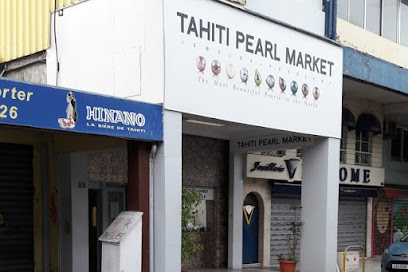
Love Yourself
Explore the vibrant fashion scene at Love Yourself in Papeete, where local culture meets contemporary style in a delightful shopping experience.

Natural Shop Tahiti
Experience the essence of Tahiti at Natural Shop Tahiti, your go-to destination for organic health and beauty products in Papeete.
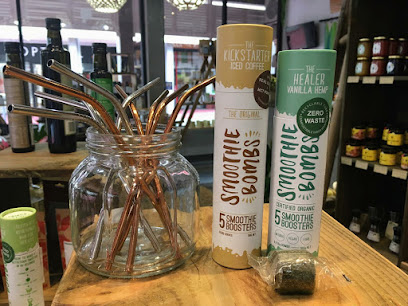
Aloha
Explore Aloha Boutique in Papeete for unique handcrafted treasures and immerse yourself in the vibrant culture of French Polynesia.
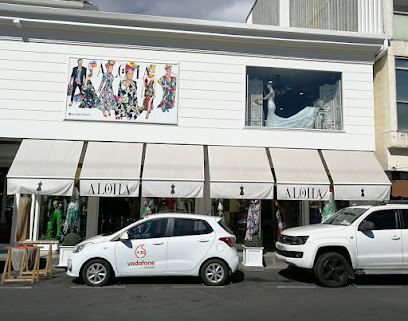
TAAPUNA TAHITI
Discover unique Tahitian fashion and vibrant local culture at Taapuna, your go-to clothing store in the heart of Tahiti.
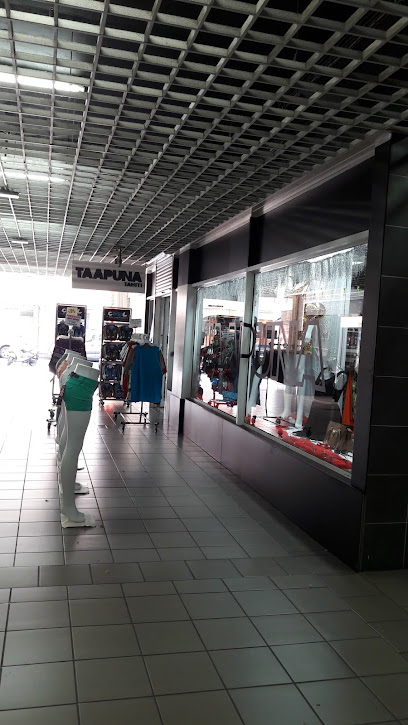
BOUTIQUE TARAVANA TAHITI
Discover the vibrant essence of Tahiti at Boutique Taravana, where local designs meet exquisite craftsmanship in the heart of Papeete.

BATIK TAHITI
Explore the vibrant culture of Tahiti through unique fashion and home decor at Batik Tahiti in Papeete.
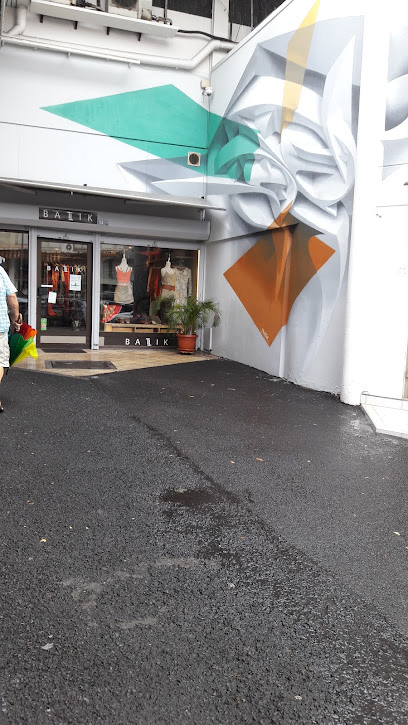
Tahiti Box
Explore Tahiti Box for authentic gifts and souvenirs that embody the spirit and beauty of French Polynesia, perfect for every traveler.
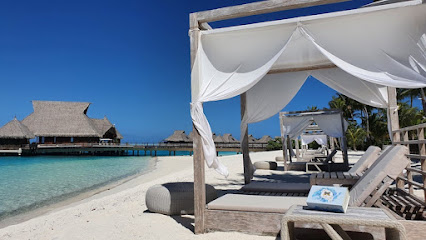
Fenua Shopping Mamao
Explore Fenua Shopping Mamao, a treasure trove of unique gifts and local crafts reflecting the beauty of French Polynesia.
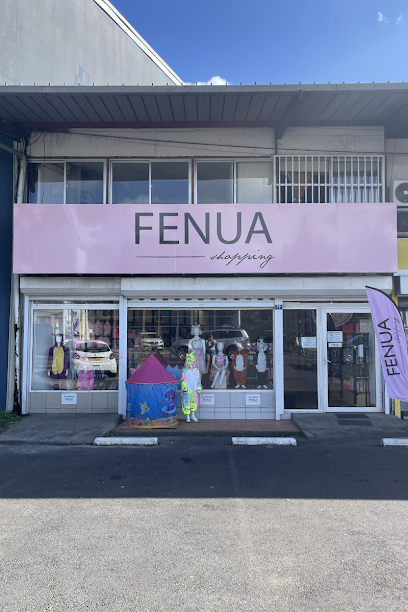
TAHITI CANDLES
Explore Tahiti Candles: a unique gift shop in Papeete offering exquisite handmade candles and local fragrances that embody the spirit of the islands.
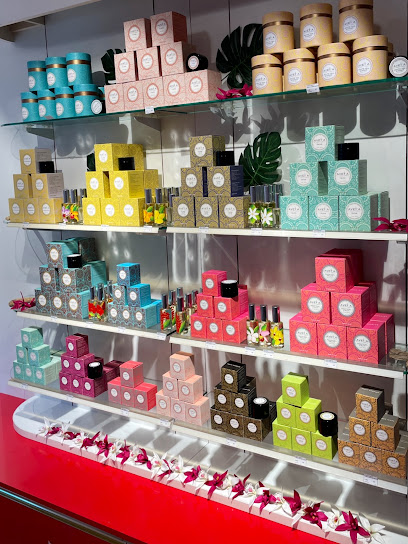
boutique Tahiti porinetia
Discover the vibrant spirit of Tahiti at Boutique Tahiti Porinetia, your go-to destination for unique T-shirts and local craftsmanship.

Happy Tahiti
Explore authentic Polynesian gifts and local delicacies at Happy Tahiti, a charming gift basket store in the heart of Papeete.

Sincere
Explore Sincere, a charming souvenir store in Papeete, offering unique artisan gifts and mementos from the heart of French Polynesia.

NESIAN Store
Discover unique island-inspired fashion at NESIAN Store in Papeete, French Polynesia, where local culture meets vibrant style.
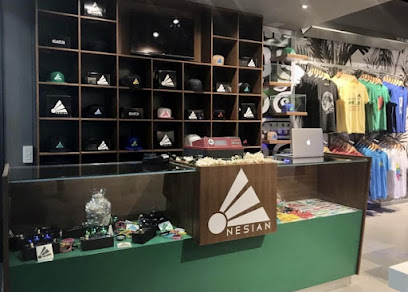
Essential bars & hidden hideouts
Les 3 Brasseurs
Experience the energy of Les 3 Brasseurs, a vibrant sports bar in Papeete, blending local culture with exciting sports and delicious cuisine.
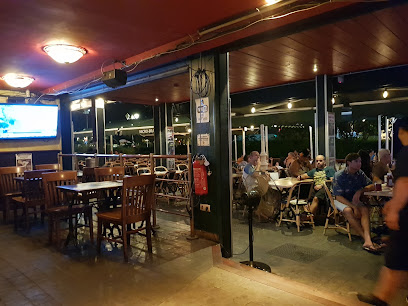
Bora Bora lounge
Discover the essence of island life at Bora Bora Lounge in Papeete, where relaxation meets vibrant Polynesian culture.
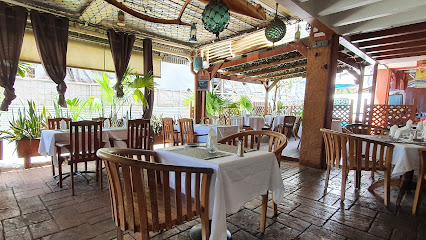
Tiki Bar
Experience tropical bliss at Tiki Bar, nestled in Fa'a'ā, where refreshing cocktails meet stunning island views.
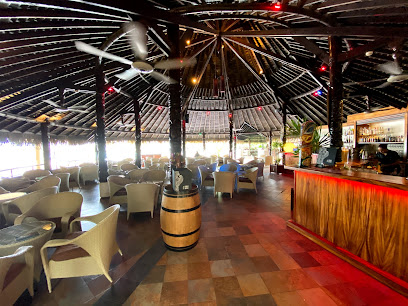
Moko Café Tahiti
Discover the authentic flavors of Tahiti at Moko Café, a cozy grill in the heart of Papeete, perfect for a relaxing meal.
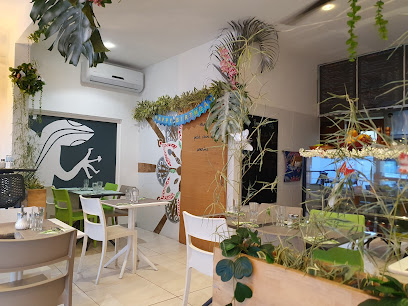
L'ivresse Tahiti
Discover the tropical elegance of L'ivresse Tahiti, where fine wines meet local flavors in the heart of Papeete.
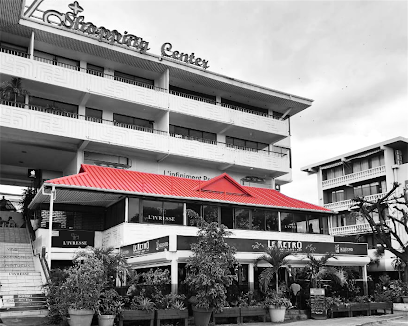
REEFTOP - 360° lounge & bar
Experience breathtaking views and tropical delights at REEFTOP - the ultimate lounge and bar in Papeete.
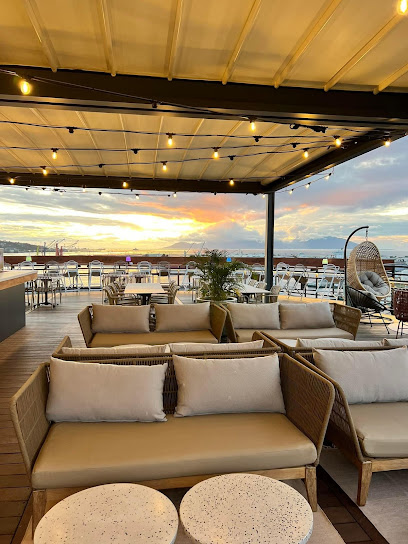
L'After
Discover the lively ambiance and exquisite drink selection at L'After Lounge, the perfect retreat in Papeete, French Polynesia.

Be You
Experience the vibrant nightlife of Tahiti at Be You, where every cocktail tells a story and every night is a celebration of life.
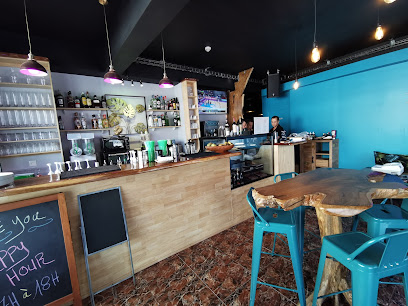
THE AVENUE TAHITI
Experience the vibrant nightlife at The Avenue Tahiti, where tropical cocktails meet the spirit of Polynesia in the heart of Papeete.
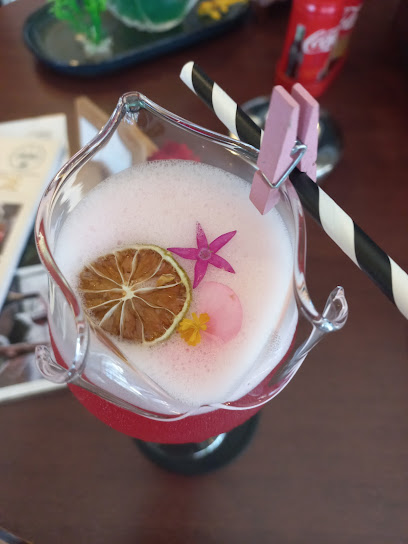
Lux Tahiti
Discover the vibrant atmosphere of Lux Tahiti, a lively bar in Papeete, French Polynesia, perfect for cocktails and island culture.
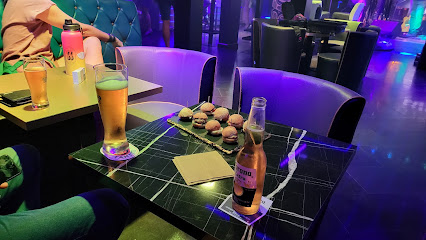
Le Chaplin's
Experience the vibrant nightlife of Papeete at Le Chaplin's, a tropical bar offering creative cocktails and a lively atmosphere.
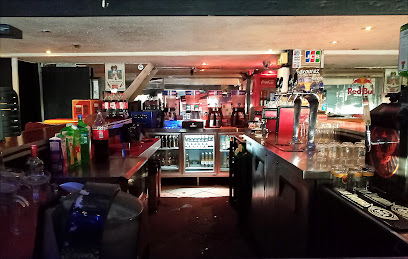
Le Perchoir Tahiti
Discover the ultimate lounge experience at Le Perchoir Tahiti, where stunning views and exquisite flavors blend in paradise.

Heiva Lounge Bar
Experience the vibrant atmosphere of Heiva Lounge Bar, a tropical retreat in the heart of Hilton Hotel Tahiti, perfect for relaxation and indulgence.
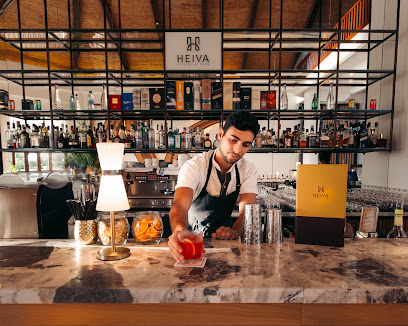
Tiki D'Or
Experience the vibrant nightlife of Papeete at Tiki D'Or, where tropical drinks and friendly vibes await you in the heart of French Polynesia.

Healthy Zone Tahiti
Discover the vibrant atmosphere of Healthy Zone Tahiti, where refreshing drinks meet the stunning beauty of French Polynesia, perfect for every traveler.
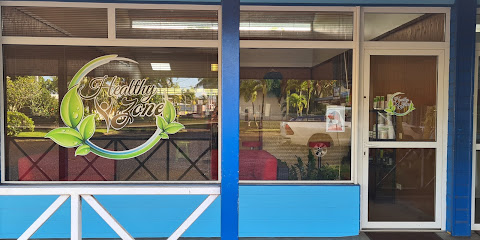
Local Phrases
-
- HelloIa ora na
[yah oh-rah nah] - GoodbyeNana
[nah-nah] - YesE
[ay] - NoAita
[eye-tah] - Please/You're welcomeMāuruuru
[mah-oo-roo-roo] - Thank youMāuruuru
[mah-oo-roo-roo] - Excuse me/SorryTāviri
[tah-vee-ree] - How are you?E aha to e?
[ay ah-hah to ay] - Fine. And you?Maita'i. E te huru?
[my-tie. ay tay hoo-roo] - Do you speak English?E parau no te reo Anglito?
[ay pah-rah-oo no tay ray-oh ahn-glee-toh] - I don't understandAita au e parau
[eye-tah oh ay pah-rah-oo]
- HelloIa ora na
-
- I'd like to see the menu, pleaseE haere atu i te menū, māuruuru
[ay ha-eh-ray ah- too ee tay men-oo, mah-oo-roo-roo] - I don't eat meatAita au e 'ai 'ia
[eye-tah oh ay eye ee-ah] - Cheers!Manuia!
[mah-noo-ee-ah] - I would like to pay, pleaseE haere atu i te moni, māuruuru
[ay ha-eh-ray ah- too ee tay moh-nee, mah-oo-roo-roo]
- I'd like to see the menu, pleaseE haere atu i te menū, māuruuru
-
- Help!Tauturu!
[tow-too-roo] - Go away!Haere i muri!
[high-ray ee moo-ree] - Call the Police!Tapaina te Pūrautira!
[tah-pie-nah tay poo-rah-oo-tee-rah] - Call a doctor!Tapaina te taata rii i te here!
[tah-pie-nah tay tah-ah-tah ree ee tay hay-ray] - I'm lostAita au i te haere
[eye-tah oh ee tay high-ray] - I'm illAita au i te rii
[eye-tah oh ee tay ree]
- Help!Tauturu!
-
- I'd like to buy...E haere atu i te hōro'a...
[ay ha-eh-ray ah- too ee tay hoh-roh-ah] - I'm just lookingE faaite ti'a
[ay fah-ee-tay tee-ah] - How much is it?E hia moni?
[ay hee-ah moh-nee] - That's too expensiveE o te moni 'aure'a
[ay oh tay moh-nee oh-oo-ray-ah] - Can you lower the price?E haere atu i te moni i raro, māuruuru
[ay ha-eh-ray ah- too ee tay moh-nee ee rah-roh, mah-oo-roo-roo]
- I'd like to buy...E haere atu i te hōro'a...
-
- What time is it?E hia te ora?
[ay hee-ah tay oh-rah] - It's one o'clockE tahi ora
[ay tah-hee oh-rah] - Half past (10)Te toru i te 'ahuru
[tay tore-oo ee tay ah-hoo-roo] - MorningPoipoi
[poy-poy] - AfternoonApetahi
[ah-peh-tah-hee] - EveningPō
[poh] - YesterdayAroto
[ah-roh-toh] - TodayA tenei
[ah tay-nay] - TomorrowApo'ipo'i
[ah-poh-ee-poh-ee] - 1Tahi
[tah-hee] - 2Rua
[roo-ah] - 3Toru
[toh-roo] - 4Maha
[mah-hah] - 5Rima
[ree-mah] - 6Ono
[oh-noh] - 7Fitu
[fee-too] - 8Varu
[vah-roo] - 9Iva
[ee-vah] - 10A'huru
[ah-hoo-roo]
- What time is it?E hia te ora?
-
- Where's a/the...?E hia te...
[ay hee-ah tay] - What's the address?E hia te tuhinga?
[ay hee-ah tay too-hee-ngah] - Can you show me (on the map)?E haere atu i te mahere, māuruuru
[ay ha-eh-ray ah- too ee tay mah-hair-ray, mah-oo-roo-roo] - When's the next (bus)?E hia to 'āpo'i?
[ay hee-ah toh ah-poh-ee] - A ticket (to ....)E haere atu i te tiketi (i te...)
[ay ha-eh-ray ah- too ee tay tee-keh-tee (ee tay)]
- Where's a/the...?E hia te...
History of Tahiti
-
The first settlers of Tahiti arrived around 200 AD, navigating vast expanses of the Pacific Ocean in double-hulled canoes. These early Polynesians brought with them a rich culture, including a complex social hierarchy, intricate tattooing traditions, and a deep knowledge of navigation and agriculture.
-
In 1767, British explorer Samuel Wallis became the first European to visit Tahiti, naming it King George Island. Wallis' arrival marked the beginning of increased European interest in the island, which was later visited by French explorer Louis-Antoine de Bougainville in 1768, who gave it the name 'Nouvelle-Cythère'.
-
Captain James Cook visited Tahiti three times between 1769 and 1777. His expeditions were significant in mapping the island and documenting its flora, fauna, and the way of life of its inhabitants. Cook's observations contributed greatly to European knowledge of the Pacific region.
-
In 1789, the famous mutiny on the HMS Bounty led by Fletcher Christian against Captain William Bligh had its roots in Tahiti. The island's idyllic environment and hospitable people had a profound impact on the crew, leading them to revolt and eventually settle in the Pacific.
-
Tahiti became a French protectorate in 1842, following pressure from French Admiral Abel Aubert du Petit-Thouars. The annexation was formalized in 1880, making Tahiti and its dependencies part of the French colonial empire. This period saw the introduction of Christianity, Western education, and infrastructure development.
-
French artist Paul Gauguin arrived in Tahiti in 1891, seeking inspiration and a new way of life. His time on the island profoundly influenced his work, characterized by vibrant colors and depictions of Tahitian people and landscapes. Gauguin's legacy continues to attract art enthusiasts to Tahiti.
-
During World War II, Tahiti served as an important strategic base for Allied forces in the Pacific. The island's infrastructure was significantly developed during this time, including the construction of the Faa'a International Airport, which remains the busiest airport in French Polynesia today.
-
In 1984, Tahiti and the broader region of French Polynesia gained increased autonomy from France, establishing a local government and an assembly. While still part of the French Republic, French Polynesia manages its own affairs in many areas, fostering a blend of traditional Polynesian culture and modern governance.
Tahiti Essentials
-
Tahiti is serviced by Faa'a International Airport (PPT), located near the capital city of Papeete. It is the main gateway for international flights to French Polynesia. Airlines such as Air Tahiti Nui, Air France, and Hawaiian Airlines offer direct flights from major cities like Los Angeles, Paris, and Honolulu. Once you arrive at the airport, taxis and shuttle services are available to take you to your accommodation.
-
Public transportation on Tahiti is limited but includes buses that run between Papeete and other towns. Taxis are widely available, though they can be expensive. Renting a car or scooter is a popular option for tourists who want to explore the island at their own pace. For inter-island travel, Air Tahiti operates regular flights to other islands in French Polynesia, and ferries are also available.
-
The official currency in Tahiti is the French Pacific Franc (XPF). Credit cards are widely accepted in hotels, restaurants, and larger shops, but it is advisable to carry some cash for smaller establishments and local markets. ATMs are available in Papeete and other major towns, but may be scarce in more remote areas.
-
Tahiti is generally a safe destination for tourists. However, it is recommended to take standard precautions such as avoiding isolated areas at night and keeping an eye on your belongings in crowded places. Petty crimes like pickpocketing can occur in busy areas like Papeete’s market. Always use hotel safes for valuables and be cautious in less frequented neighborhoods.
-
In case of emergency, dial 15 for medical assistance, 17 for the police, or 18 for the fire department. The main hospital in Tahiti is Centre Hospitalier de Polynésie Française in Papeete, which offers comprehensive medical services. It is recommended to have travel insurance that covers medical emergencies. Pharmacies are available for over-the-counter medications.
-
Fashion: Do dress casually but respectfully. Beachwear is appropriate for the beach but not for town areas. Religion: Do respect local customs and traditions. Remove your hat and cover your shoulders when visiting religious sites. Public Transport: Do be courteous and respectful on buses. Avoid loud conversations and keep your belongings close. Greetings: Do greet people with a friendly 'Ia Orana' (hello in Tahitian) and a smile. Eating & Drinking: Do try local delicacies such as poisson cru. Don’t refuse food or drink offerings from locals, as it can be considered impolite.
-
To experience Tahiti like a local, visit the Papeete Market early in the morning for fresh produce and handmade crafts. Engage with locals, who are often very friendly and willing to share their culture and traditions. Don’t miss the traditional dance performances and local festivals, which offer a glimpse into Tahitian heritage. For a unique experience, take a drive around the island to discover hidden beaches and scenic viewpoints.
Trending Landmark in Tahiti
-
Papeete Market
-
Tiki Village
-
Water Gardens Vaipahi
-
Arahoho Blowhole
-
Fa'aruma'i Waterfalls
-
Place Vai'ete
-
Pā'ōfa'i Gardens
-
Museum of Tahiti and The Islands
-
Grottes De Mara'a
-
'Ārahurahu Marae
-
Musée de la Perle Robert Wan
-
Papeete Catholic Cathedral
-
Unique Tahiti
-
Tahiti Lagoon Paradise
-
Belvédère du Tahara'a
Nearby Cities to Tahiti
-
Things To Do in Papeete
-
Things To Do in Moorea
-
Things To Do in Tetiaroa
-
Things To Do in Huahine
-
Things To Do in Raiatea
-
Things To Do in Bora Bora
-
Things To Do in Maupiti
-
Things To Do in Rangiroa
-
Things To Do in Muri
-
Things To Do in Matavera
-
Things To Do in Ngatangiia
-
Things To Do in Avarua
-
Things To Do in Takitumu
-
Things To Do in Avatiu
-
Things To Do in Nikao














